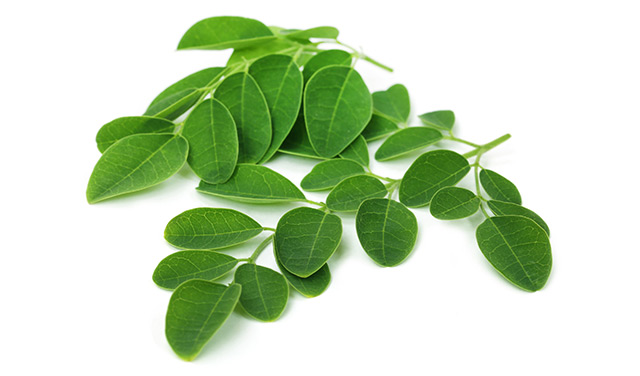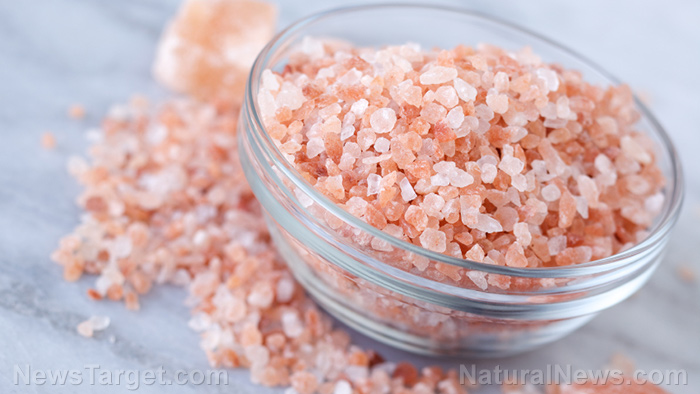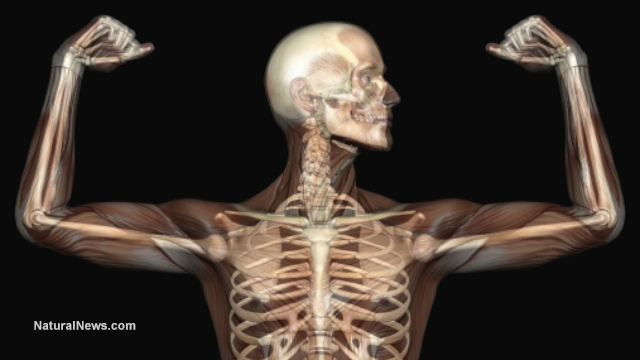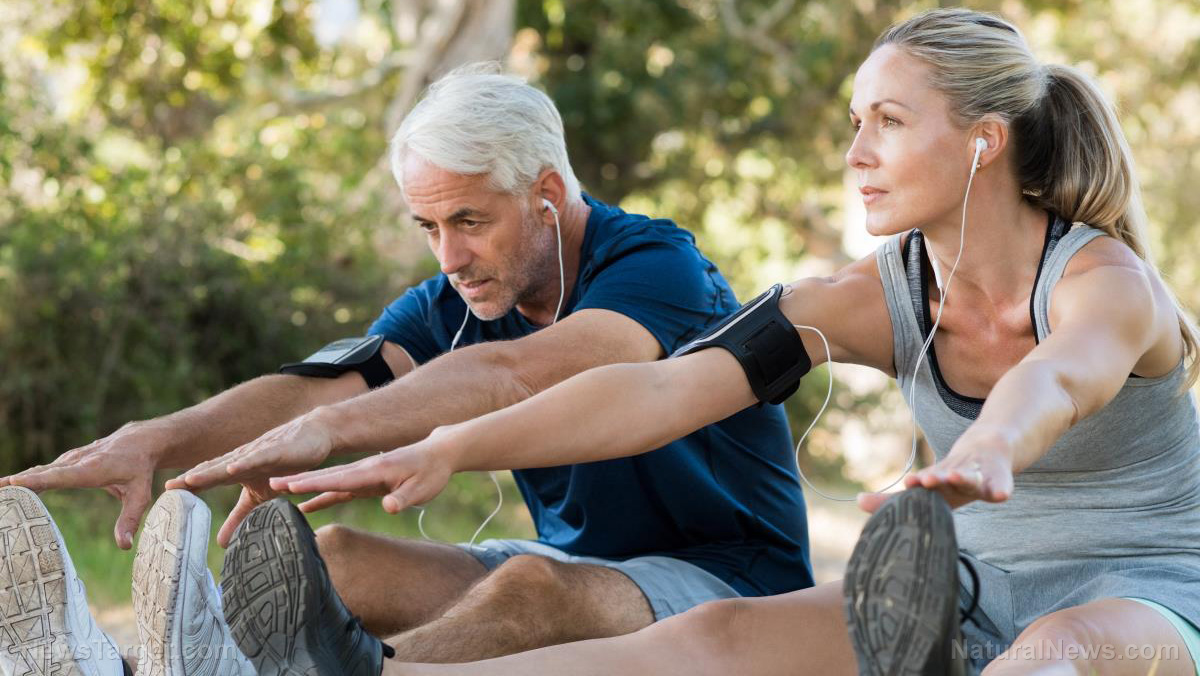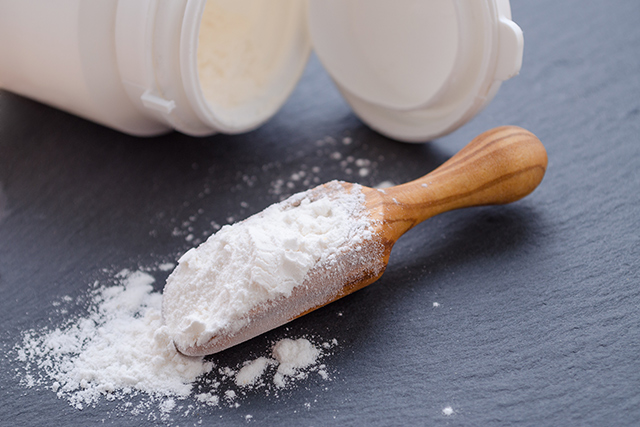Your body needs to have the proper balance between oxidants and antioxidants for muscle recovery
09/18/2018 / By Michelle Simmons
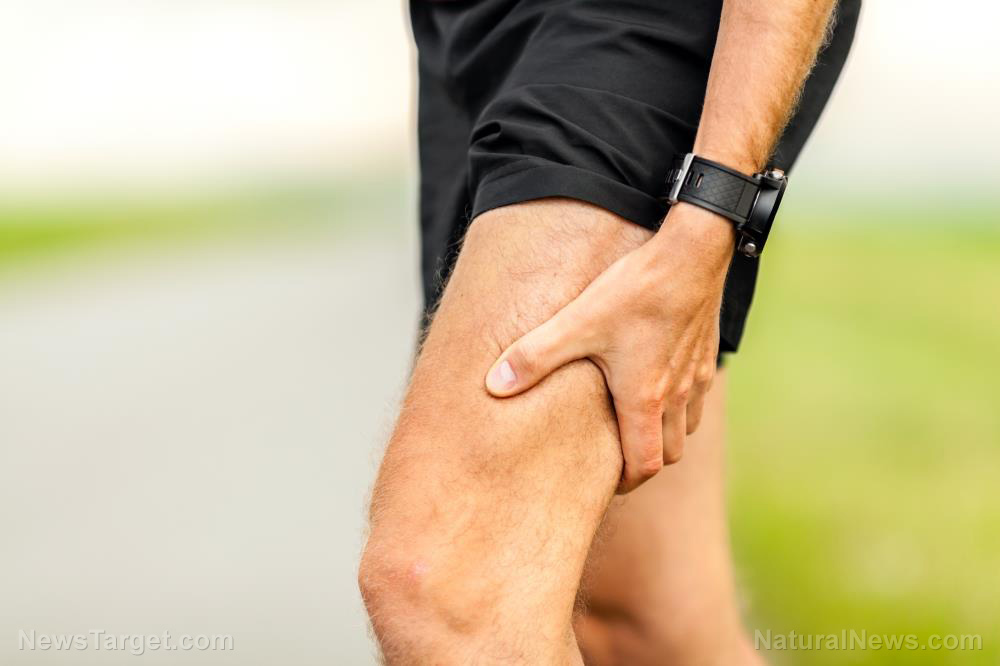
The body needs a proper balance between oxidants and antioxidants for muscle recovery. Research has revealed that reactive oxygen species – at the right time and right place – are actually necessary for muscle recovery.
The study, published in the journal Science Signaling, revealed that adequate amounts of reactive oxygen species are important signals that trigger the process of repairing muscle cells. According to researchers at the Children’s National Health System, mitochondria help repair injured muscle cells or myofibers by absorbing calcium that enters from the area of injury, then using it to promote the production of reactive oxygen species.
Muscle cells need to produce force to make voluntary movements. The force produced by myofibers is transmitted across the muscle, which causes stress that can harm the myofibers. Mitochondria, then, serve as the cell’s powerhouse and supply energy for producing force. This process also makes reactive oxygen species as a by-product. Mitochondria need to produce oxidative signals in response to muscle damage in order to help injured muscles repair. These oxidative signals are balanced by the antioxidant defenses in healthy cells. This emphasizes the importance of properly functioning mitochondria both for energy production and repair of injured muscle cells.
Loading up mitochondria with too many antioxidants prevents this signaling process, hindering muscle repair, worsening myofiber damage, and reducing muscle strength. However, an imbalance in the oxidative signals can be harmful as well. The oxidant-antioxidant balance can be interrupted in diseases such as Duchenne muscular dystrophy. This disease is due to a lack of the muscle-specific protein called dystrophin. A dystrophin deficiency makes the muscle cell plasma membrane more prone to injury.
Based on an experimental model of Duchenne muscular dystrophy, the muscles appear normal at birth, but within weeks, muscle damage and progressive weakness become evident. During the third and fourth week, mitochondrial functionality changes. Mitochondria end up being dysfunctional, impairing the repair of injured muscle cells. Furthermore, this enables chronic and excessive oxidation of the myofibers and proper oxidant-antioxidant balance to be disrupted. In this case, antioxidant supplements may bring back balance and help reverse muscle damage and progressive weakness.
“Our results suggest a physiological role for mitochondria in plasma membrane repair in injured muscle cells, a role that highlights a beneficial effect of reactive oxygen species,” said Jyoti K. Jaiswal, senior author of the study.
The researchers concluded that the reactive oxygen species and antioxidants in the body need to be balanced in order to actually be helpful in repairing muscles.
Good foods for muscle recovery after a workout
After a workout, the muscles become sore. To ease the pain and speed up recovery, eat the right recovery foods, such as:
- Blueberries: Blueberries are packed with antioxidants that help prevent free radical damage to muscles after a workout. Blueberries are ideal to consume before and after exercise.
- Potassium-rich foods: Muscle cramps occur during exercise because of the lack of potassium, which is easily lost through too much sweating and dehydration.
- Protein-rich foods: Consuming protein after exercise helps repair damaged muscle fibers and refuels energy stores.
- Salmon: Salmon contains omega-3 fatty acids that are helpful in reducing inflammation and cutting the production of inflammatory cytokines.
- Tart cherries: Research shows that drinking a glass of tart cherry juice before and after exercise can reduce muscle soreness and inflammation. (Related: Tart cherries help speed muscle recovery.)
- Water: Water keeps the body hydrated and going during intense workouts. Drinking seven to 10 ounces of water every 10 to 20 minutes is recommended to avoid cramps, fatigue, and dizziness after a workout.
Read more news stories on proper workout techniques at Slender.news.
Sources include:
Tagged Under: antioxidant, balance, fitness, inflammation, muscle, muscle cells, muscle recovery, muscle repair, muscle soreness, myofibers, oxidants, reactive oxygen species, slender, workout




